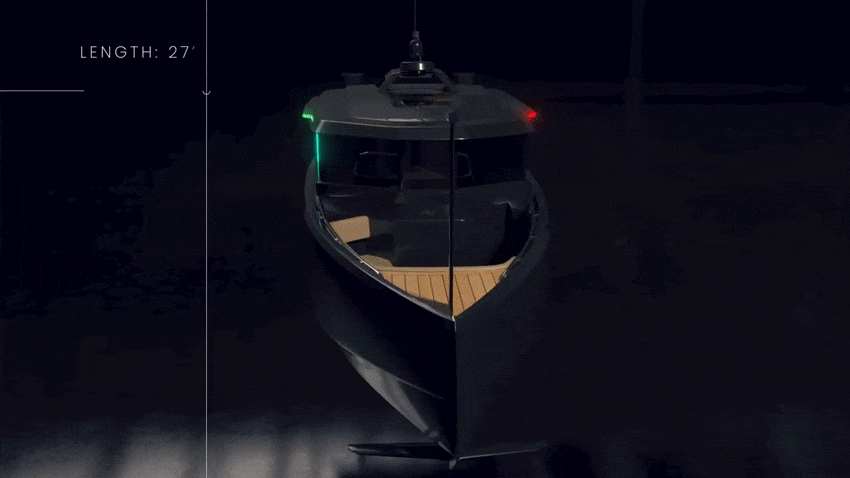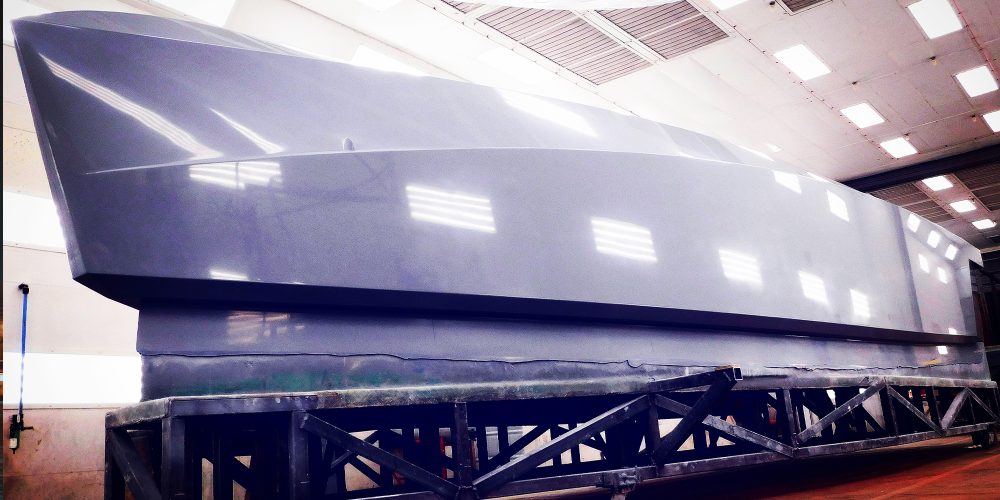
Electric hydrofoil watercraft startup Navier announced a large round of seed funding to help its founders in their quest to democratize waterways by reducing operational costs for electric boat transportation. The funding announcement comes as Navier constructs its first of 15 N27 hulls planned for its first year of production.
Navier is a Bay Area startup founded by two MIT alumni that is focused on building a new type of watercraft that cuts running costs by 90%. According to the company, its approach combines hydrofoils, electrification, advanced composites, and an intelligent software system into one sustainable and cost-effective watercraft. Navier cofounder and CEO Sampriti Bhattacharyya describes the company best:
Navier is much more than an electric upgrade. We are fundamentally rethinking the boat as we know it. Hydrofoils not only allow electric boats to attain a practical range at high speeds, but they drastically reduce the operational cost of a vessel by a factor of 10X when compared to traditional boats with combustion engines. In addition, they deliver a vastly superior ride quality that eliminates sea-sickness since you’re foiling over the waves.
The startup unveiled its flagship electric hydrofoil, called the Navier 27 (N27) last year and within two months, all 15 vessels planned for the first year of production sold out. While the first two hulls are under construction in Maine with the help of boatbuilder Lyman-Morse, Navier is planning to ramp up its vessel output to over 400 units by 2024.
With its latest seed funding announcement, Navier looks to use the funds to help expand the potential for what it calls the “boats of the future.”

Navier to grow marine transportation with electric hydrofoils
Navier recently shared news of its plans for the $7.2 million in seed funding in a press release that offers a better perspective of the startup’s long-term goals for electric hydrofoils and marine electrification in general.
According to Navier, fossil fuel-powered boats are nearly 15 times more expensive to operate than a car, a large reason why we don’t see scalable use of boats for transportation, particularly in the US.
The Navier team shared that its long-term goal is to operate robo-taxis for congested coastal US cities like San Francisco, New York, Miami, and Seattle, all while reducing fuel costs in favor of electric hydrofoil technology.
Furthermore, the company believes growing autonomous technologies can help cut down on boat labor costs, another large expense for gas and diesel powered vessels. Bhattacharyya again spoke:
Human civilization was historically built around our waterways and today 46% of the world lives in coastal cities that are heavily congested. If we can build a zero-emission marine craft that competes in cost, speed and convenience to land-borne options, we will open up a whole new mode of clean, scalable transportation for coastal cities that was never possible before, and without the need for cost prohibitive infrastructure such as bridges and tunnels. We are effectively democratizing the waterways for the next generation through sustainable technology.
While Navier’s immediate focus will be continued and expanded production of its N27 recreational electric hydrofoils, its long-term goal is to provide clean, autonomous marine robo-taxis to any waterway that will welcome them. Its new round of seed money should help the MIT alumni continue to chase these goals.
FTC: We use income earning auto affiliate links. More.



Comments